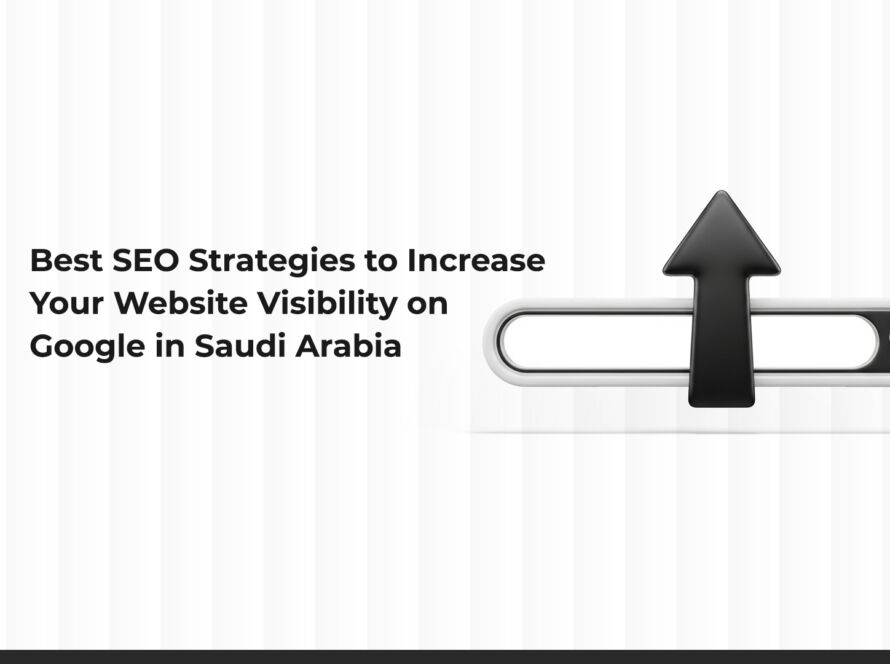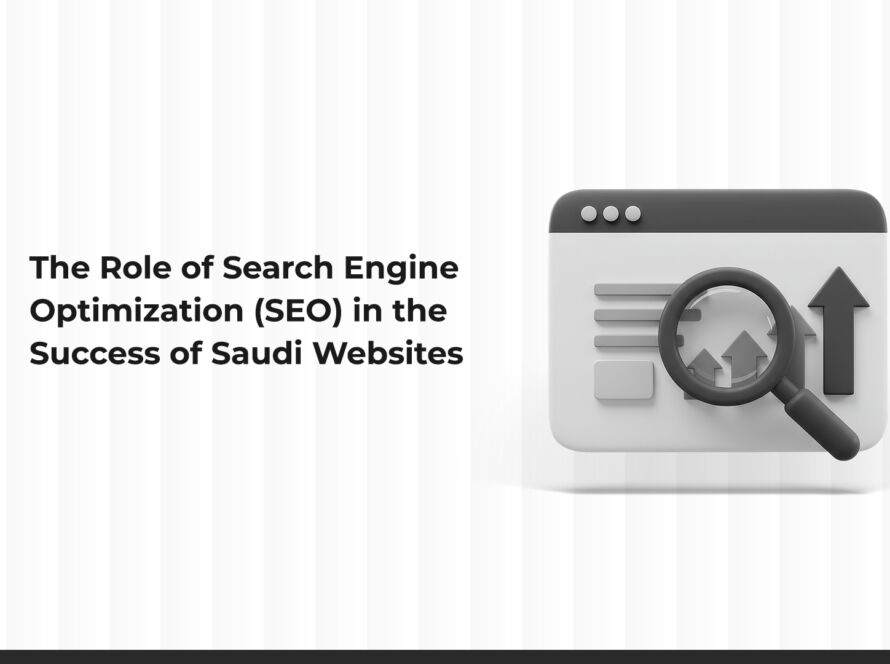In the world of digital marketing, content has become one of the most powerful tools a brand can own. Whether you manage an e-commerce store, a startup, or even a global brand, a content strategy plays a crucial role in attracting customers, improving digital engagement, and building a strong and sustainable brand identity.
However, simply publishing content randomly isn’t enough; you need a clear plan to ensure you achieve the desired goals. In this comprehensive guide, we will walk you step by step on how to build a long-term content strategy that helps your business succeed in the long run!
1. Why Do You Need a Content Strategy?
Some may think that creating content is just about writing posts or articles, but the reality is that effective content is part of an integrated plan aimed at achieving tangible results. Without a clear strategy, you may find yourself wasting a lot of resources with no real return.
Benefits of Having a Strong Content Strategy:
- Enhance brand awareness by providing content that reflects the company’s identity and values.
- Improve digital engagement rates through creating inspiring and attractive content that encourages sharing.
- Achieve better conversion rates by guiding potential customers to make purchasing decisions.
- Improve your website’s ranking in search engines (SEO), increasing your chances of appearing before a new audience.
- Build trust and credibility by providing educational and useful content for the audience.
In short, content isn’t just words, it’s a way to build long-term relationships with your customers!
2. Analyzing Your Target Audience:
The Key to Creating Effective Content
Why Should You Know Your Target Audience? You can’t create successful content if you don’t know who you’re targeting! Understanding your audience helps you deliver content that aligns with their needs and expectations, increasing the chances of success in your marketing campaigns.
How to Define Your Target Audience?
- Use data analytics: tools like Google Analytics, Facebook Insights, and LinkedIn Analytics can help you understand your audience’s interests.
- Create “Buyer Personas”: define the characteristics of your audience based on:
- Age group
- Geographical location
- Interests and preferences
- Problems they face
- Buying behavior
Practical Example: If you run an e-commerce store for skincare products, you will want to target groups interested in beauty and health, such as women aged 18-45.
3. Defining Content Strategy Goals
What Goals Should You Set for Your Content? Every brand has different goals, but they should be clear and specific. Use the SMART model when defining goals to make them:
- Specific: what exactly do you want to achieve?
- Measurable: how will you know you’ve succeeded?
- Achievable: can it be achieved with your current resources?
- Relevant: does it align with your business strategy?
- Time-bound: what is the timeframe needed?
Practical Example:
- Bad Goal: “I want more engagement.”
- Good Goal: “I want to increase engagement on Instagram posts by 20% over the next 3 months by posting interactive content and customer stories.”
4. Content Planning:
The Key to Maintaining Consistency
Why Do You Need a Content Plan?
- It helps organize your work and reduce randomness.
- It makes you more consistent in publishing, boosting your brand’s visibility.
- It ensures you cover all the important topics for your audience.
How to Plan Your Content?
- Define the main topics you’ll be addressing (e.g., digital marketing, self-development, new products).
- Choose content types – will you post articles, videos, infographics, or podcasts?
- Use an editorial calendar to set publishing dates and topics in advance.
- Identify the right channels for distribution – will you rely on a blog, YouTube, Instagram, or Facebook?
5. Creating Engaging and Shareable Content
How to Make Content More Engaging?
- Provide real value – teach your audience something new instead of just promoting your products.
- Ensure readability – use simple language and organized structure.
- Encourage interaction – add questions, surveys, and contests.
- Optimize for SEO – use keywords naturally.
6. Content Distribution to
Ensure Reach to the Right Audience
How to Reach the Largest Possible Audience?
- SEO: make sure your articles appear on Google’s first page.
- Social Media: use Facebook, Instagram, X, and LinkedIn to share your content.
- Email Marketing: send exclusive content to your followers.
- Repurpose Content: convert articles into infographics, short videos, or interactive posts.
7. Measuring Performance
and Analyzing Results
Why Should You Analyze Your Content’s Results?
- It helps you know what works and what doesn’t.
- It allows you to refine your strategy and focus efforts on what delivers the best results.
Key Performance Indicators to Track:
- Click-Through Rate (CTR): how many people clicked on your content links?
- Engagement Rate: number of likes, comments, and shares.
- Traffic: how many people visited your website via content.
- Conversion Rate: how many people completed the desired action like signing up or purchasing?
Tip: Use tools like Google Analytics, SEMrush, and BuzzSumo to accurately track your content’s performance.
8. Optimizing Content Based on Data
- Analyze feedback and interaction to understand audience opinions.
- Review keywords and improve SEO.
- Conduct A/B testing to determine which types of content yield the best results.
- Update old articles to keep them aligned with the latest trends.
9. Leveraging AI and Marketing Automation
- Analyze user behavior and predict content that will interest them.
- Automate content publishing on social platforms.
- Improve SEO using AI tools.
- Create personalized content for each user based on data analysis.
10. Building a Digital
Community Around Your Brand
Why is Building a Digital Community Important? Simply posting content isn’t enough; you need to build an active digital community around your brand. An engaged audience is a powerful marketing force because they naturally improve digital engagement and spread content.
How to Build a Strong Community?
- Encourage discussions and participation: ask open-ended questions and motivate followers to engage.
- Create exclusive groups: on Facebook, Telegram, or Discord to gather interested people.
- Be available to reply to comments and messages: make your audience feel heard and valued.
- Share content highlighting your followers: like customer success stories or user reviews.
- Use motivational strategies: like challenges and contests to attract customers and boost loyalty.
Tip: A strong community isn’t just built around your brand, but around the values and ideas it represents! Ensure your content reflects these values to attract the right followers.
11. Creating Evergreen and Sustainable Content
What is Evergreen Content? It is content that remains valuable over a long period, helping continuously boost digital engagement and attract customers without frequent updates.
How to Create Evergreen Content?
- Choose topics of lasting importance: e.g., “Best Digital Marketing Practices” or “Comprehensive SEO Guide.”
- Write in a simple and practical style, making it easy for any reader to understand.
- Add case studies or practical examples to make the content more impactful.
- Update the content when necessary to maintain its accuracy and quality.
- Repurpose content: turn long articles into short posts, videos, or even infographics.
Practical Example: An article titled “Best Content Planning Methods for 2025” will need updates, while an article titled “How to Build an Effective Content Strategy” can remain valuable for years with just minor updates.
Building a long-term content strategy is not just an additional step in marketing but the backbone that supports the growth of your brand, enhances digital engagement, and attracts customers continuously. By accurately analyzing your audience, defining clear goals, planning content smartly, and creating engaging and evergreen content, you can boost your digital presence effectively and sustainably.
The process doesn’t stop at just creating content; it requires strategic distribution through the right channels, engaging with the audience, and building a strong digital community. Performance tracking and data analysis are essential to improve the strategy and ensure maximum benefit from your marketing efforts.
In the age of technological development, utilizing AI and automation tools is crucial to making content creation more efficient and precise, alongside focusing on creating evergreen content that retains its value over time.
Success comes not from publishing content alone, but from smart planning, consistency, and continuous improvement. Invest in your strategy, evolve your content, and watch your brand grow sustainably.



